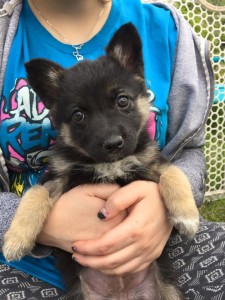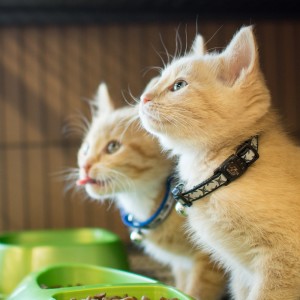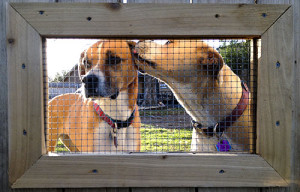One kitten is cute but what about two? It comes to the age old question: Is two better then one? Well it depends.
With two kittens the pros are:
– Twice the cuddles and laughter.
– They can keep each other company while you are away.
– They can amuse each other verses one kitten bugging your senior cat or dog or you.
– They can play with each other to tire each other out! No more bugging you to play or play aggression due to not enough play time.
– It can help prevent separation anxiety.
– Siblings often get along well (but some cats/kittens do perfectly fine with a friend who isn’t their sibling).
Cons:
– A bit more in cost especially in regards to insurance.
– More food and litter. (You want one litterbox per cat plus one extra).
– Two can means more training and dealing with behavioral issues.
– If you are renting it can be harder to find a place that allows multiple pets verses just one.
– Your cat might not appreciate the new kitty.
 You need to weigh the pros and cons of your situation. However, some cats really do need a source of companionship and can get lonely or even depressed without a feline friend. We have many cats who do require a friend and a few who would prefer to be a single cat. It all depends on the individual cat.
You need to weigh the pros and cons of your situation. However, some cats really do need a source of companionship and can get lonely or even depressed without a feline friend. We have many cats who do require a friend and a few who would prefer to be a single cat. It all depends on the individual cat.
If you do make the decision to get a companion for your resident cat, or or want to adopt two together there are some things to look for in compatibility. A dominant bossy kitty would not do well with a timid kitty but a confident kitty would be fine. A timid kitty would do great with a cat who doesn’t care about other cats or a somewhat more confident kitty. If you have a cat who is used to other cats and is still playful you’d be fine with either a kitten or an adult. For a senior who is used to other cats, an adult who is more calm might be more appreciated then a kitten unless you get two or are willing to play out your kitten multiple times a day. Some cats do find kittens less threatening but the key is proper introduction and frequent play time for the kitten. Play aggression is common in kittens and young adults so tiring them out is key.
Once you’re ready to bring your new cat(s) home, check out our blog post on how to introduce them!
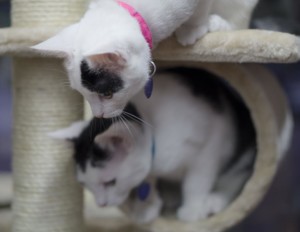
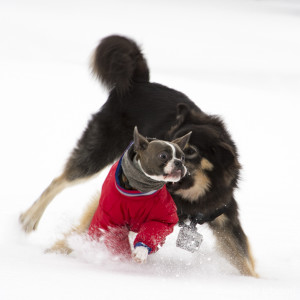
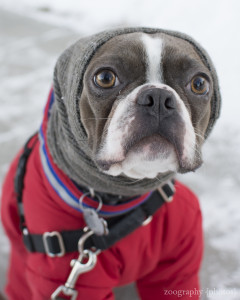

 Bully sticks
Bully sticks

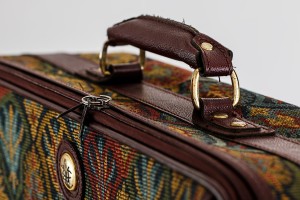





 Costumes
Costumes Decorations
Decorations Candy
Candy


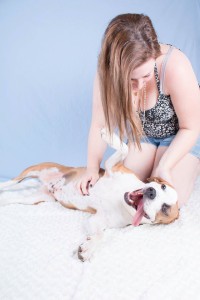
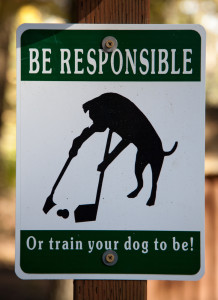

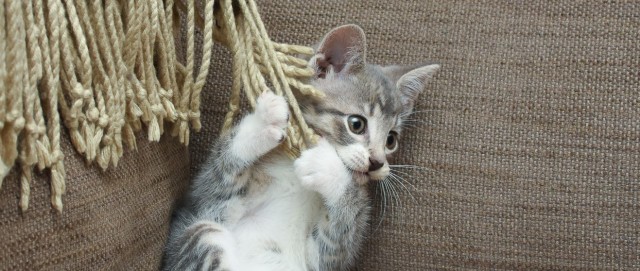 Declawing, or onychectomy, is when the end of the toe is amputated to remove the toenail. Most often cats are declawed to prevent them from destroying furniture. That is, for purely cosmetic reasons. The practice of declawing is a controversial one: do a quick internet search on the effects of declawing, and you will find graphic images and polarized opinions. There are a variety of possible side effects, including long-term pain, aggression, and litterbox issues. Unfortunately, scientific studies on the long term health and behavioural effects of declawing are sparse, and overall inconclusive. What does this mean for you, the cat owner?
Declawing, or onychectomy, is when the end of the toe is amputated to remove the toenail. Most often cats are declawed to prevent them from destroying furniture. That is, for purely cosmetic reasons. The practice of declawing is a controversial one: do a quick internet search on the effects of declawing, and you will find graphic images and polarized opinions. There are a variety of possible side effects, including long-term pain, aggression, and litterbox issues. Unfortunately, scientific studies on the long term health and behavioural effects of declawing are sparse, and overall inconclusive. What does this mean for you, the cat owner? The Cat Tree
The Cat Tree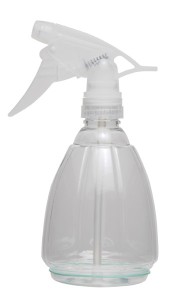 The Dreaded Spray Bottle
The Dreaded Spray Bottle The Ultimate Spa Day
The Ultimate Spa Day

